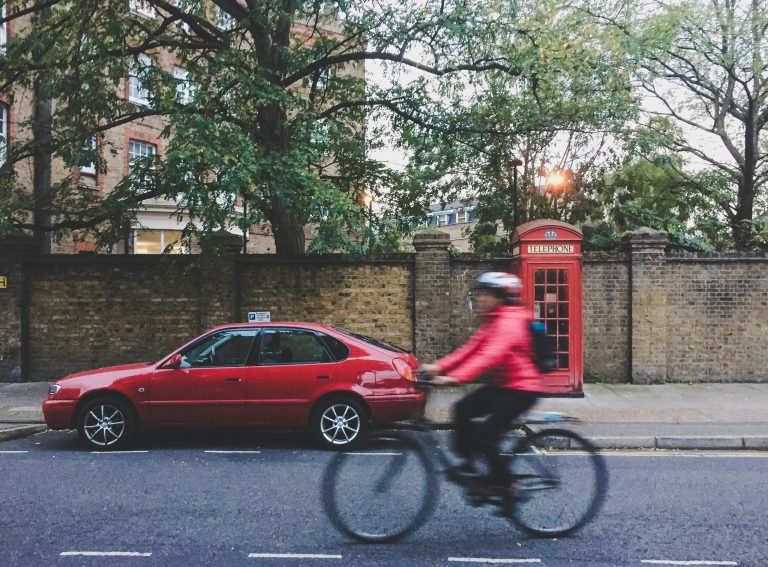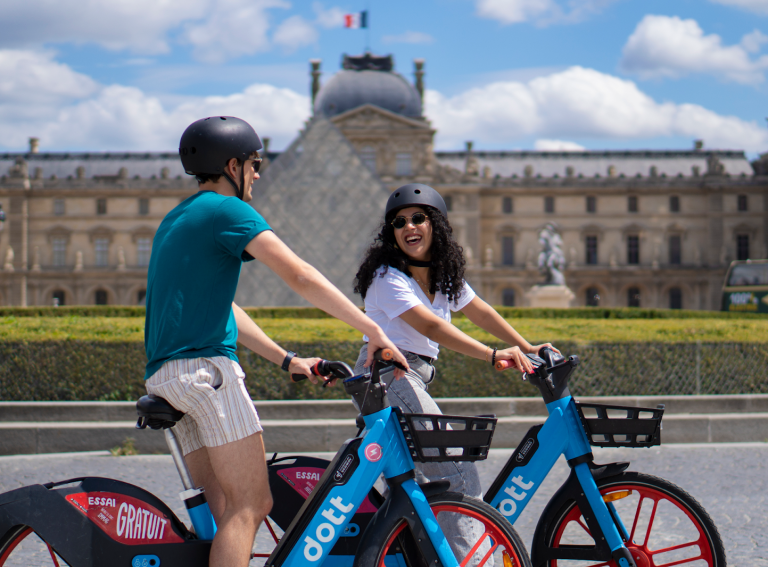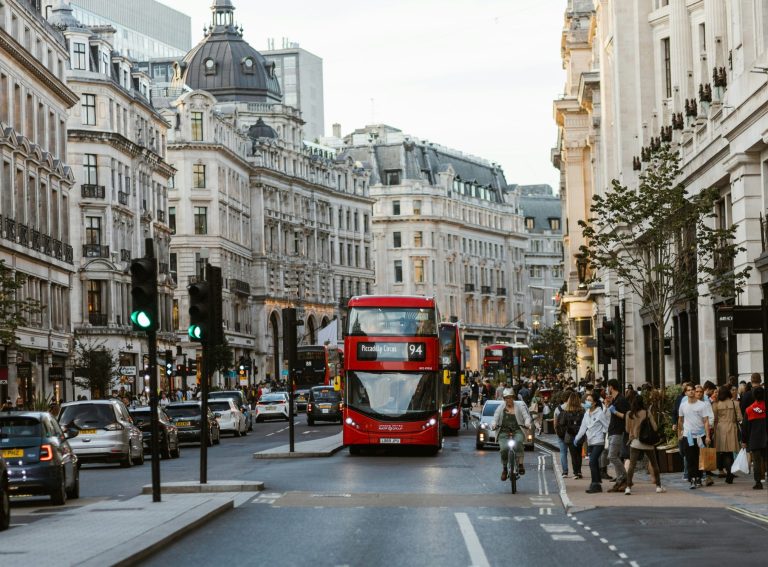Transport for London (TfL) has announced a bold Cycling Action Plan with new targets to significantly boost cycling numbers in the capital.
Launched on Clean Air Day, the plan targets 1.6 million daily cycle journeys by 2030, a third more than the 1.2 million in 2022.
TfL also seeks to ensure that 40% of Londoners live within 400 metres of the Cycleway network by 2030. This is nearly double the current 22% in 2022.
This follows a 155% surge in daily cycle numbers over the past two decades, with a 13% increase between 2019 and 2022, according to TfL.
Focus on inclusivity
The plan builds from TfL research that showed high receptivity to cycling by underrepresented groups. It outlines evidence-led measures to address the challenges they face.
These include the installation of 42,000 secure residential cycle parking spaces by 2030, and funding cycle training for over 40,000 children and 20,000 adults this year.
TfL’s plan also considers the potential addition of concessionary fares to the record-breaking Santander Cycles hire scheme.
Walking and Cycling Commissioner Will Norman said the plan sets out TfL’s commitment to increase cycling participation from London’s diverse communities.
“We want London to be the best city in the world to cycle in, and breaking down barriers to participation and access to it is a big part of that,” he said. “Alongside London’s boroughs and other partners, we will continue our efforts to expand cycling to build a greener, fairer city for everyone.”
Continued investment
Richard Dilks, Chief Executive of CoMoUK, welcomed the initiative. “It is encouraging to see continued investment plans for the infrastructure that cyclists need, whether they are riding their own bike, a shared bike or a trial shared e-scooter,” he told Zag Daily.
“In order to guarantee its success, it is imperative for authorities to take proactive measures by allocating the required funding and infrastructure support, while also integrating bike sharing into transport strategies and infrastructure plans.”
Leo Murray, Director of Innovation and Engagement at climate action charity Possible, told Zag the plan’s focus on widening the diversity to better match London’s population is particularly welcome.
“It is hugely reassuring to see that the Mayor is holding strong on pushing London’s transport infrastructure into the 21st century.”
Murray questioned, however, that the new plan is still geared to deliver the 2018 Mayor’s Transport Strategy goals for a modal shift to cycling by 2041, as opposed to achieving net zero by 2030.
“The new cycling action plan features everything needed to get more Londoners cycling more often – but probably not fast enough to fulfil that key climate target,” said Possible’s Director.
Road safety
The Cycling Action Plan also includes measures to tackle road danger and fear of collisions, such as junction improvements and a new 20mph speed limit across 28km of roads in Camden, Islington, Hackney, Haringey, and Tower Hamlets.
According to TfL, the initiative aims to create safer and more attractive areas for community members. It also seeks to encourage people to choose active travel modes and public transport over cars.
“It’s fantastic to see the UK’s largest city embracing cleaner, healthier, and cheaper transport solutions!” Pascal Capon, Co-Founder of UK micromobility retailer Ride + Glide, told Zag. “Before long we will have caught up with the cycle infrastructures in Europe that for years we have envied from afar. Once private e-scooters are legalised, we may even take over as the ‘greenest’ country on the continent!”






